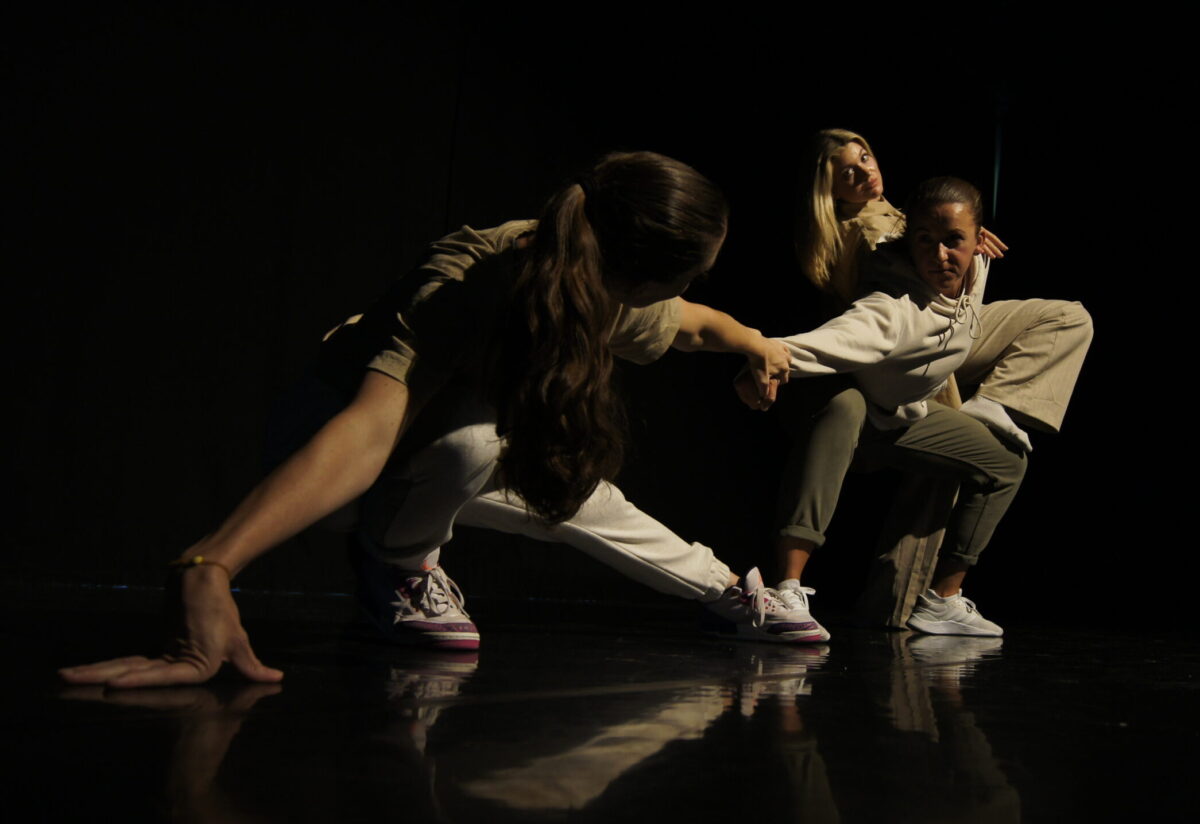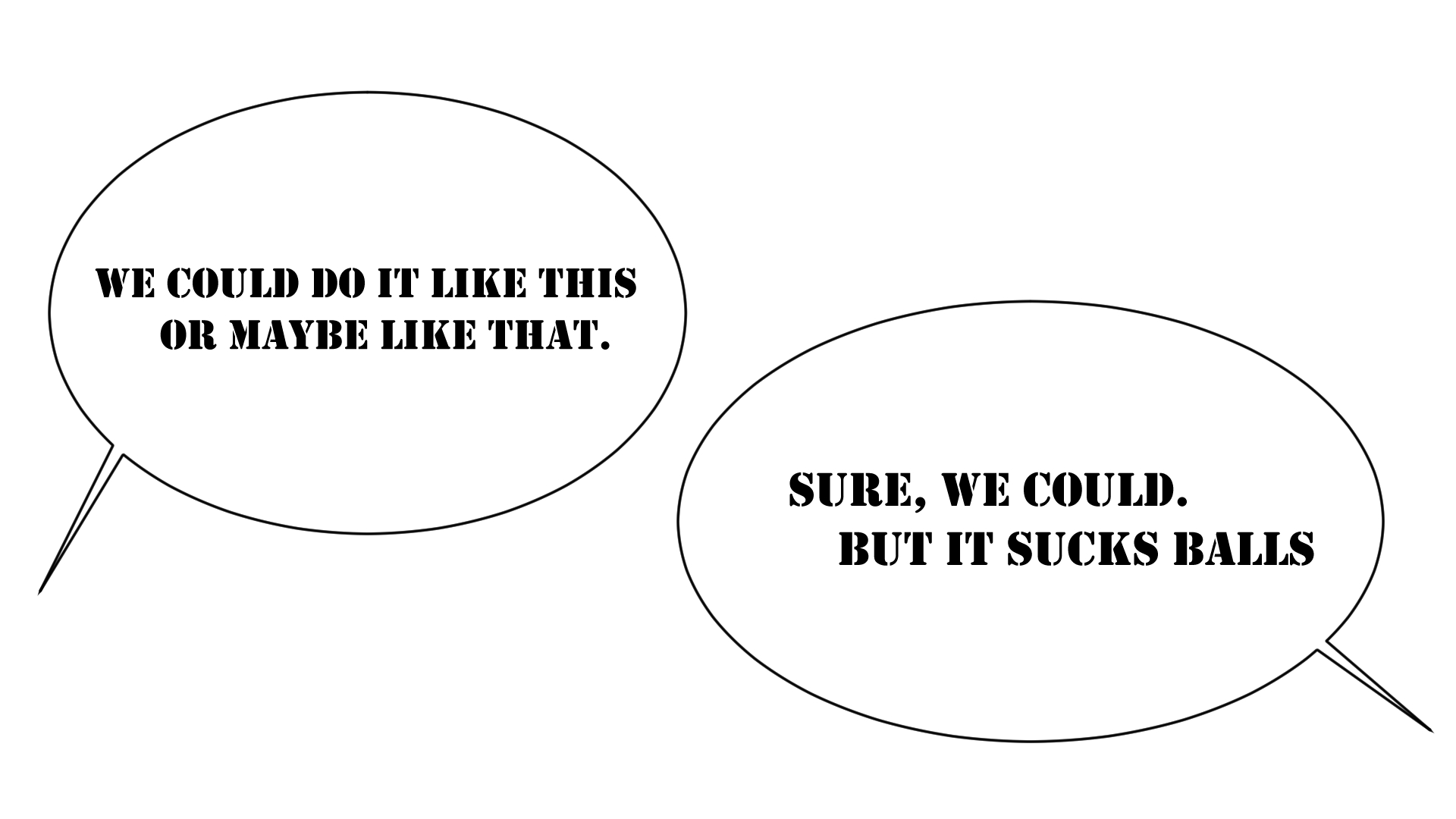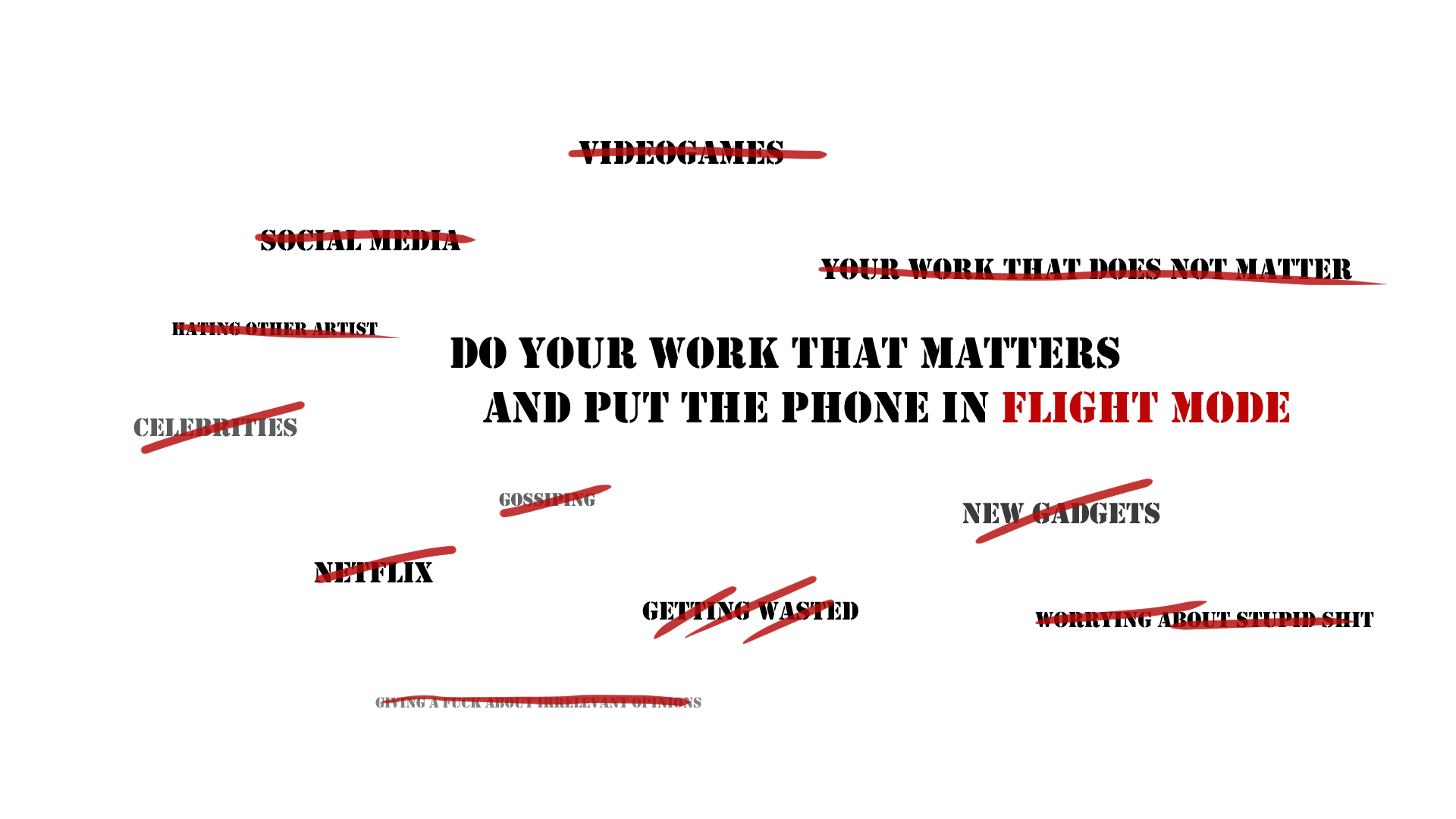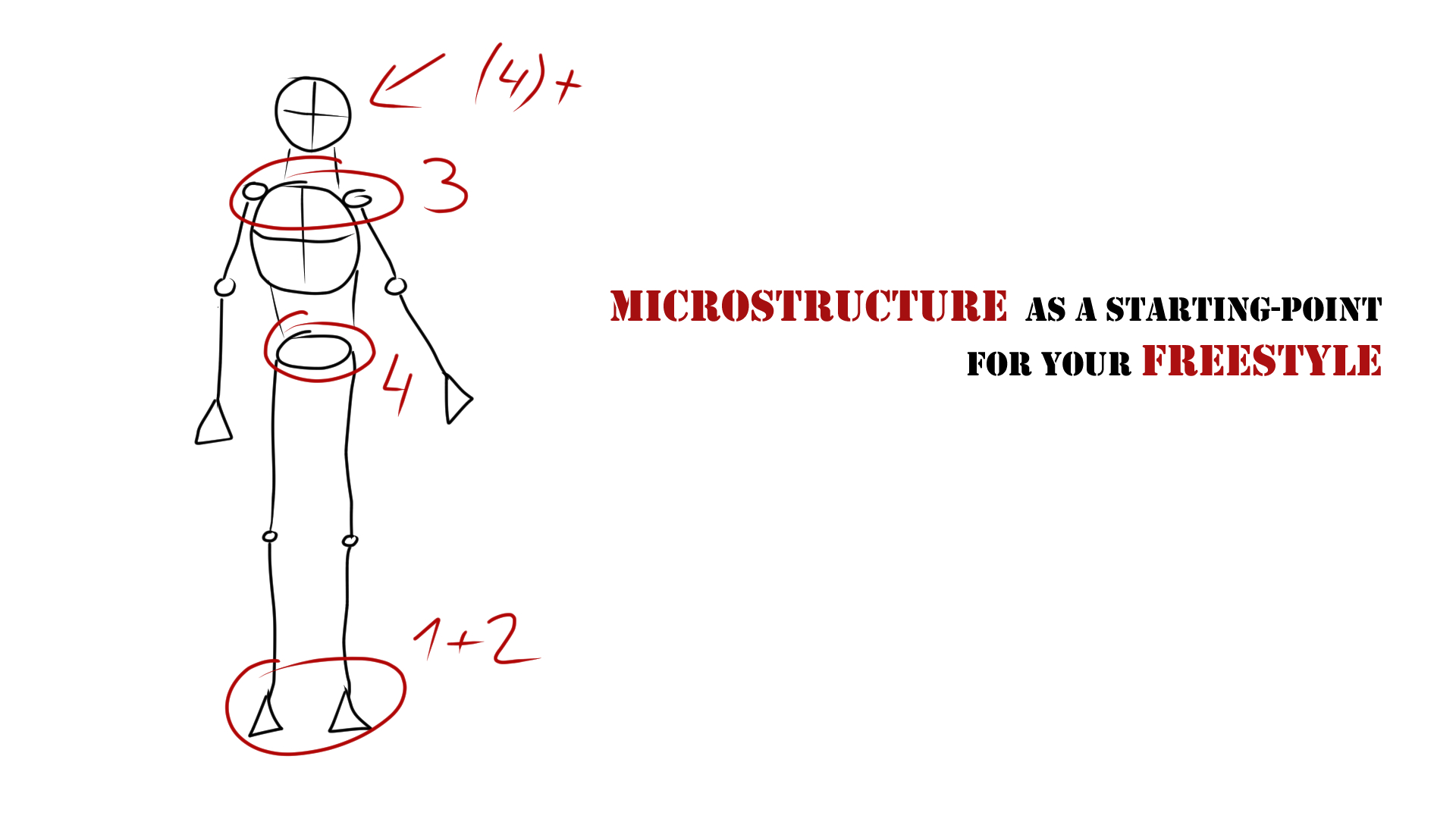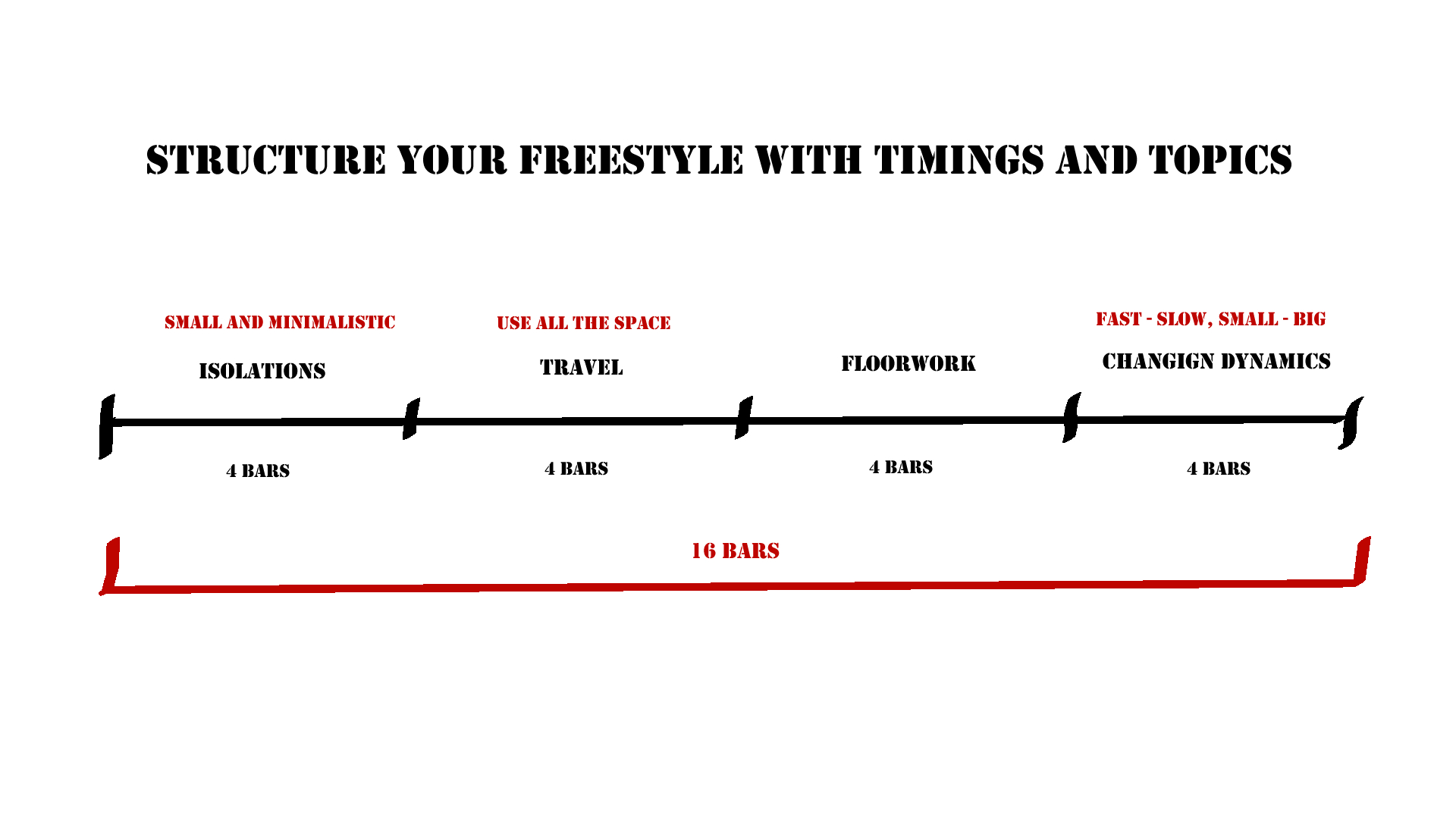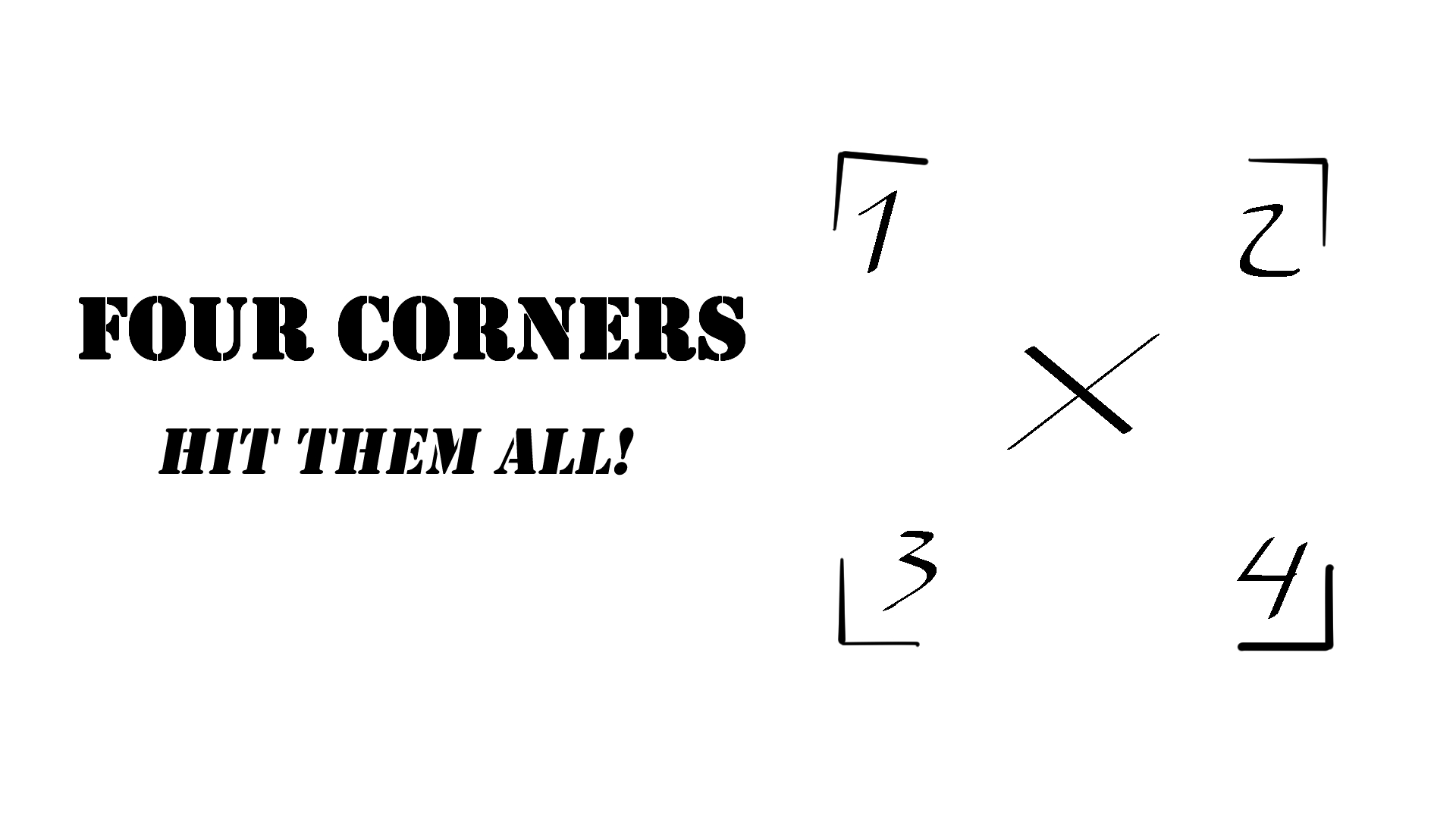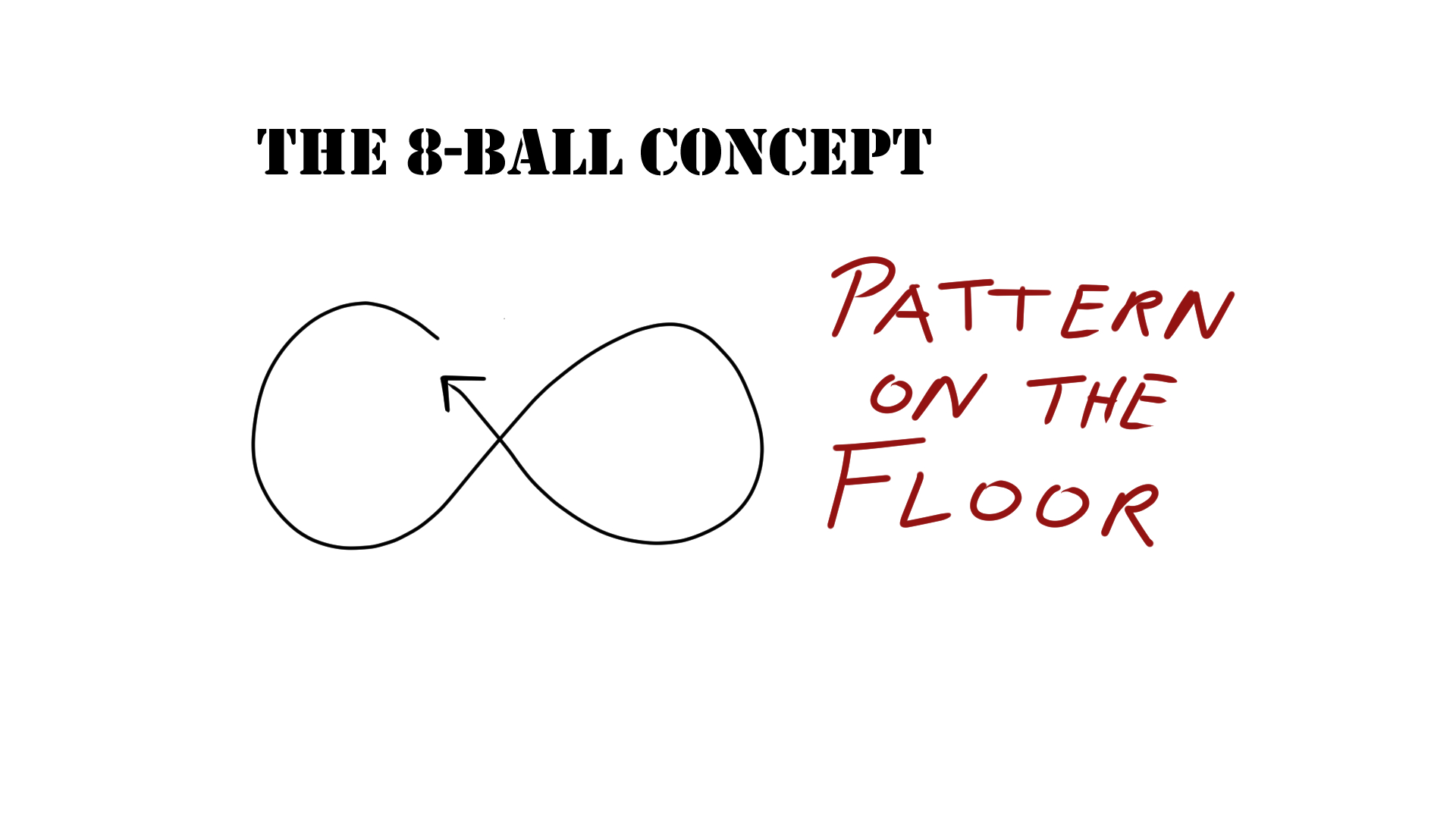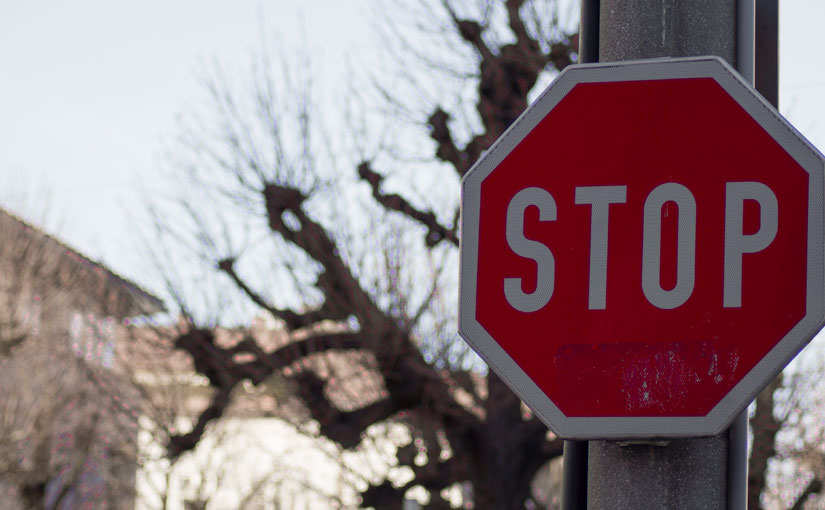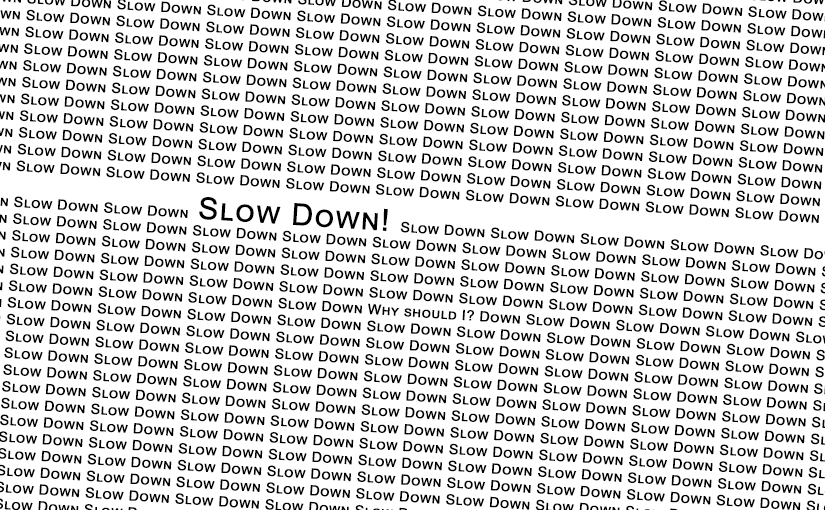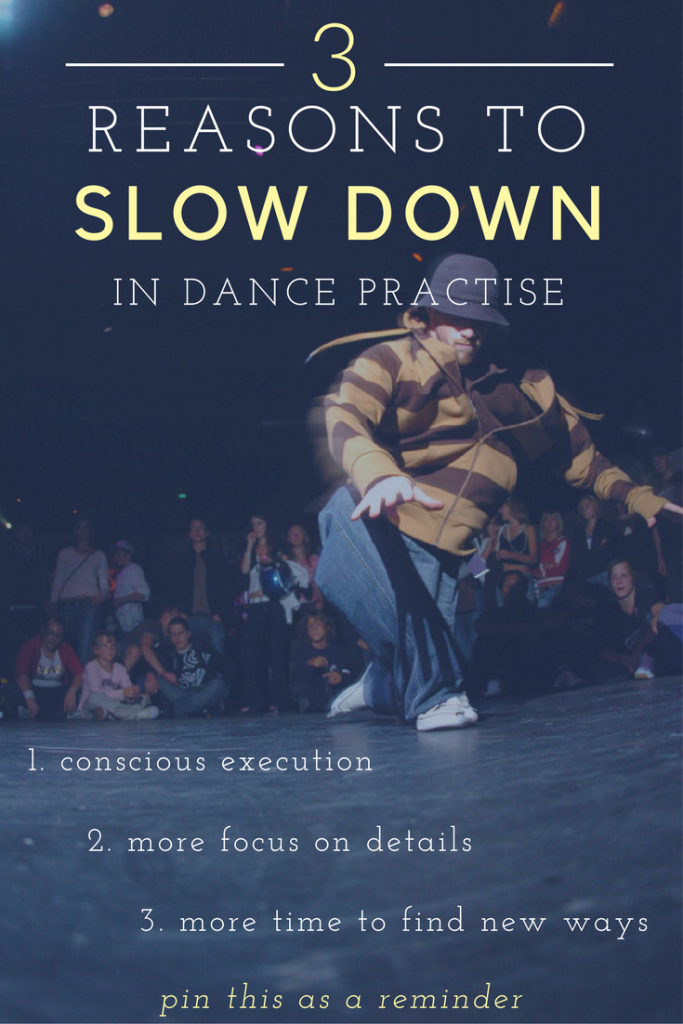Hey there, fellow groove enthusiasts. Diving into the world of dance choreography? It’s a wild ride. Imagine painting, but instead of a canvas, you’ve got beats; instead of brushes, you’ve got limbs flying around. Choreography is that fascinating bridge between the heart’s emotion and the body’s motion. It’s where our stories, feelings, and sometimes our quirks get to dance in the spotlight. Just like a captivating story needs a solid plot, a dance piece needs thoughtful choreography to resonate. So, whether you’re trying to express the euphoria of love or the chaos of the Monday blues, let’s embark on this journey of turning beats into steps and melodies into movements. Ready to jump in?
The Art and Science Behind Choreography
Ever wonder what makes certain dance sequences stick in your mind, while others fade away like last summer’s tracks? It ain’t just about cool moves or wicked beats. It’s a delicate dance – pun intended – between art and science. Let’s break it down, shall we?
Artistry in Motion: At its core, dance is a form of expression, a canvas where emotions play out in physical form. Choreography is where we paint our stories, drawing from personal experiences, inspirations, or even dreams we had last night. It’s subjective, fluid, and deeply personal. The artistry is the ability to convey a message, evoke a feeling, or simply create something visually delightful. It’s the nuances, the pauses, the intentional imperfections. Like how a single tear can sometimes say more than a monologue, it could be that lingering hand or the way a head turns in dance.
Science of Structured Movement: Now, here’s the clincher. You can’t just throw a bunch of moves together and call it a day. There’s a method to this melodic madness. Choreography leans on understanding body mechanics, spatial awareness, and musicality. How do you transition seamlessly from a leap to a roll? How do you ensure that dancers aren’t colliding or throwing off the visual symmetry in a group performance? That’s where the science bit kicks in. Structuring a sequence requires a deep understanding of counts, rhythms, and formations. It’s also about ensuring that the movements align with the dancer’s capabilities and the chosen music’s tempo and tone.
Melding these two – the raw emotion of the art and the precise calculation of the science – is where the magic happens. It’s like composing music, but you’ve got moves instead of notes. Or like crafting a delicious recipe, where each step, each ingredient, matters. Next time you watch a dance and feel something, know there’s both heart and a whole lot of thought that went into that. Let’s give a little nod to the choreographers, the unsung heroes who blend passion with precision, making our souls groove and our hearts move.
Dance is the hidden language of the soul of the body.
Martha Graham
Understanding the Purpose: Choreograph the Dance to be more Than Just Movement
Ever caught yourself swaying to a melancholic tune or pumping your fist to a rebellious rock song? Music, at its core, evokes emotion, and dance? Well, dance amplifies it. But before one jumps into crafting a sequence of steps, it’s paramount to dig deeper and understand the ‘why’ behind the dance. The goal you are trying to reach dictates how you approach the creation process.
Message Over Movement: While an array of complicated moves and flips might garner applause in battles and dance competitions, the message behind the dance truly resonates with an audience in theatres. Is it a story of love lost, a call to societal change, or perhaps a celebration of joy? Maybe it’s a narrative about battling inner demons or an ode to nature. Before delving into steps and sequences, a choreographer needs to be crystal clear about the message they want to convey. Think of it as the plot to your dance novel.
Adapting to the Platform: The intent behind a choreographed piece can also be dictated by where it’s performed. A competitive stage might demand technical prowess, while a community outreach program might emphasize connection and relatability. A theatrical production might require intricate storytelling, whereas a flash mob in a public space might aim for shock and awe. Knowing your platform helps in tailoring your dance to its audience.
Dancing for the Dancer: Lastly, understanding purpose also pertains to who is dancing. A solo piece can dive deep into personal emotions, while a group choreography might be about collective experiences or contrasting viewpoints. Moreover, choreographing for a novice demands different considerations than for a seasoned dancer. The purpose should align with the dancer’s capabilities, experiences, and, importantly, their own expressive desires.
In essence, choreography isn’t just about crafting a dance; it’s about crafting an experience, a story. And every great story starts with a purpose. So, as you embark on your choreographic journey, take a pause and ask – what story do I want to tell?
Choosing Your Music for the Choreography: The Heartbeat of Dance
Imagine setting a fierce battle scene to a lullaby, or perhaps a romantic pas de deux to aggressive metal – seems off, right? That’s because music is the backbone, the pulse, the heartbeat of a choreographed piece. Selecting the right track can make or break your dance. So, how do we go about it?
Resonate with the Rhythm: Before anything else, the music must resonate with you as a choreographer. Can you visualize movements, transitions, and emotions while listening? If a track doesn’t stir something within you, chances are, it won’t stir your audience either. Trust your instincts and choose a song that speaks to your soul.
Understand the Dynamics: Music isn’t a monolithic entity; it has highs, lows, crescendos, and pauses. Mapping these dynamics aids in understanding where the dance can have explosive movements, gentle flows, dramatic pauses, or intricate footwork. The dynamics of a song guide the dynamics of the dance.
Lyrics Matter (Sometimes): If you’re choreographing to a song with words, pay heed to the lyrics. If they are not easy to understand when listening, grab them from the internet. They can provide an additional layer of narrative to your dance. You can either follow the rhythm of the lyric, the story they are telling or only emphasize some single words. A turn on the word “spin”, a jump on “fly”, or a collapse on “fall” – these are simple examples, but the lyrics can provide a roadmap for your movements, enhancing the connection between the dance and the music.
Don’t Shy from Experimentation: Traditional ballet pieces don’t always need classical tunes. Hip-Hop can be danced to violin strings. The world of dance is ripe with examples where choreographers went against the grain, merging unexpected dance styles with contrasting music, leading to some of the most memorable performances.
Choosing music isn’t just about finding a catchy tune; it’s about finding the right partner for your dance story. When both dance and music are in harmony, they create an unspoken language that has the power to captivate, communicate, and connect.
Three Approaches to Crafting Your Dance Choreography
In the realm of dance, there isn’t a one-size-fits-all recipe to choreographing a piece. Just as artists use different brush strokes, choreographers have varied methods to carve their vision. Here are the ones I used.
1. Story First: Narrating with Movement
Dive into the world of your music and weave a tale. Before a single step is mapped, the narrative unfolds in the choreographer’s mind. The music becomes the backdrop, setting the scene. As the tale progresses, sections of the song become chapters of the story, and dance steps breathe life into the characters and their journey. This immersive method pulls the audience deep into the narrative, making them live every twist and turn as the music feels like the perfect soundtrack.
To pull this off, you listen to the music and decide on which part of the song, which part of the story unfolds. So you already know what happens when on the track. After that, it is a matter of finding the right steps to fill the void. Knowing the music and the story, that is rarely a problem.
Check out an example in the clip below.
2. Concept First: Abstract Artistry in Choreography
Dance doesn’t always have to tell a straightforward tale. Sometimes it’s an idea, an emotion, or a theme that dictates the movement. With a concept-first approach, the essence of the dance is abstract. Choreographers might start with a vague notion or a feeling they wish to convey. From there, they mold and shape their movements, creating a piece that evokes emotion without a linear storyline. Once the core concept is established, narrative elements might be sprinkled in, adding layers of depth to the abstract masterpiece.
Check out an example of a concept piece that only works with hand shapes below.
I already wrote a lot about concepts in dance. If you are unfamiliar with that term, check out dance concepts here on my blog. If you really dig that stuff, you can grab a copy of my book Dance Smart, which is dedicated to dance concepts.
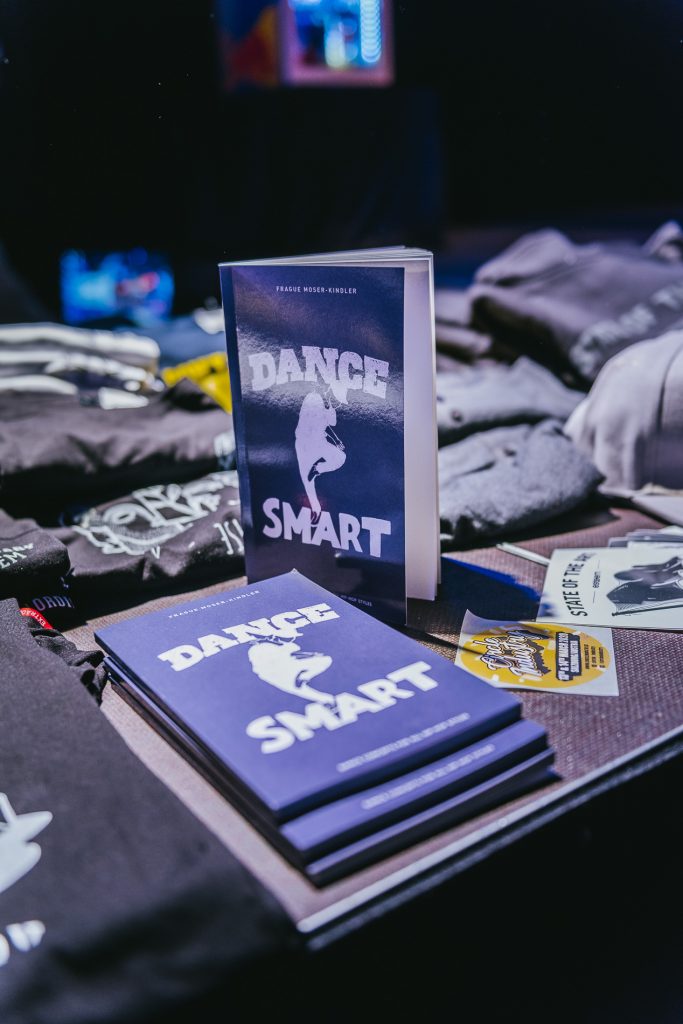
3. Music First: Moving to the Melody
For some, it’s all about the beats, rhythms, and harmonies. With the music-first method, choreographers become devout followers of the song’s intricacies. Every beat dictates a step, every pause an emotion, and every crescendo a climax. It’s a visceral approach where the music and the movement become one. Rather than imposing a preconceived story or concept, the choreographer allows the music to guide the journey, creating an organic flow that’s harmonious and intuitive.
Check out the clip below to how that could look like. In this clip the dancers work really nice with the lyrics of the song.
This often comes in the form of repeating freestyles to the same track over and over, finding movement that you like and keeping that part, then moving from there. You repeat this process until you are done. Stepping away for a while might be necessary if you hit a block.
Each approach has its charm and challenges. The key is to find what resonates with you as a choreographer. For me, it’s a blend of all three; with an emphasis on story. It’s about capturing the essence of what you wish to convey and translating it into a dance that leaves an indelible mark on the audience.
Staying Inspired and Navigating Creative Blockades while Choreographing a Dance
Much like any other art form, dance has peaks and troughs. There are moments when inspiration flows like a river and others when the well seems to run dry. No matter how seasoned, every choreographer has faced the daunting wall of a creative blockade. Here’s the secret – it’s not about avoiding these blocks but learning to dance around them.
Stay Curious: Just as a dancer always learns, a choreographer should be forever curious. Explore other art forms, from painting to poetry, and find connections back to dance. A scene from a movie, a verse from a song, or even the rhythm of raindrops can spark an idea.
Break the Routine: Change your environment if you’re always choreographing in the same studio or space. Sometimes, a new setting can offer a fresh perspective. Let different surroundings influence your movements, whether it’s a park, a beach, or even your living room.
Collaborate: Dance is a communal art form. Engage with other dancers, choreographers, or artists from different disciplines. A fresh pair of eyes or a new perspective can break down walls you didn’t even know existed.
Embrace the Block: It may sound counterintuitive, but sometimes the best way out is through. Instead of fighting the blockade, use it. Make a piece about feeling stuck, trapped, or restrained. You’d be surprised how therapeutic and liberating this can be.
Remember, every artist has their moments of doubt and dry spells. The passion, persistence, and the will to push through separate the good from the great. Embrace the journey, with its highs and lows, and let it fuel your dance narrative.

